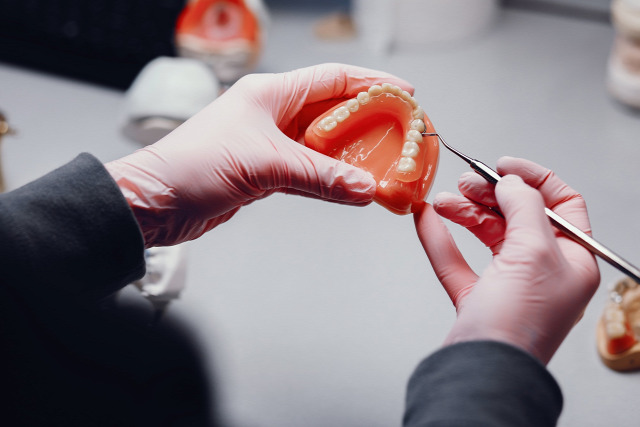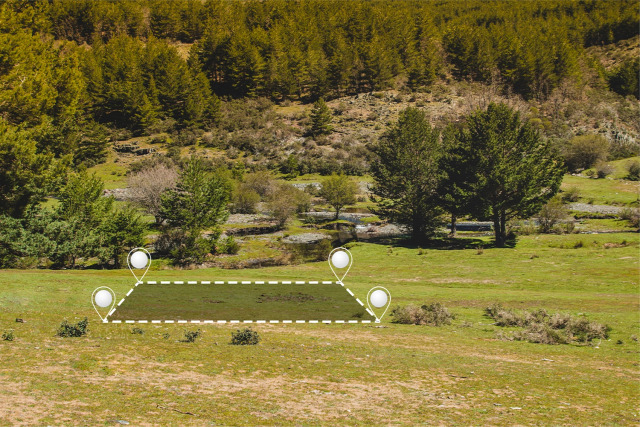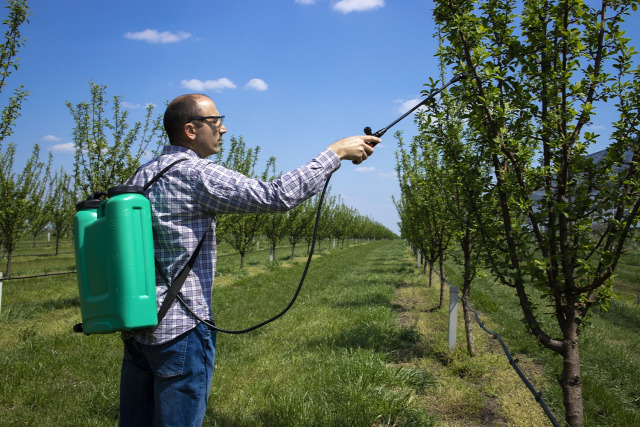
Cultured Meat, also known as lab-grown meat or cultivated meat, represents a groundbreaking innovation in the food industry, offering a sustainable and ethical alternative to conventional animal agriculture. Produced through cellular agriculture techniques, cultured meat is grown from animal cells in a controlled environment, without the need for raising and slaughtering animals. As concerns about environmental sustainability, animal welfare, and food security continue to grow, the global cultured meat market is emerging as a promising solution to meet the world's growing demand for protein while reducing the environmental footprint of food production.
According to the BIS Research report, the Cultured Meat Market, which is expected to be valued at $1,154.8 million in 2024, is anticipated to undergo substantial expansion, reaching an estimated $3,810.6 million by 2033, supported by a robust CAGR of 14.19% from 2024 to 2033.
The Promise of Cultured Meat
Cultured Meat holds immense potential to revolutionize the way meat is produced, consumed, and perceived. By leveraging biotechnology, tissue engineering, and fermentation processes, cultured meat enables the production of real meat products that are indistinguishable from conventionally farmed meat in taste, texture, and nutritional composition. Moreover, cultured meat offers several key benefits:
Sustainability:
- Cultured meat production requires fewer resources than traditional farming.
- Reduces greenhouse gas emissions, land use, and water pollution.
- Offers environmentally sustainable meat production options.
Animal Welfare:
- Eliminates the need for raising and slaughtering animals.
- Improves animal welfare standards, reduces suffering.
- Provides cruelty-free alternatives to conventional meat production.
Food Security:
- Global population is expected to reach nearly 10 billion by 2050.
- Cultured meat offers scalable solutions to meet growing demand.
- Provides a reliable source of protein without dependence on finite resources.
Want to stay ahead in the market? Download FREE sample PDF report on Cultured Meat Market Research.
Key Global Market Dynamics
The global market of cultured meat is experiencing rapid growth driven by several factors:
Technological Advancements:
- Advances in cellular agriculture, bioprocessing, and tissue engineering.
- Bioreactor systems, scaffold materials, and cell culture media innovations.
- Improve scalability, efficiency, and cost-effectiveness of cultured meat.
- Pave the way for widespread adoption and market penetration.
Growing Consumer Awareness:
- Increasing awareness of environmental, ethical, and health implications.
- Drives interest in alternative protein sources like cultured meat.
- Consumers seek sustainable and ethical meat alternatives.
- Demand aligns with values and preferences.
Regulatory Support:
- Recognition of cultured meat as a viable food product by regulatory agencies.
- Establishment of regulatory frameworks and safety standards.
- Clear guidelines and oversight build consumer trust.
- Facilitates market acceptance and adoption in the FoodTech industry.
Cultured Meat Market Segmentation
Segmentation by Meat Type:
- Beef
- Poultry
- Seafood
- Others
Segmentation by Production Method:
- Cell-Based Cultivation
- Scaffold-Based Cultivation
Segmentation by End User:
- Food Manufacturers
- Retailers
- Restaurants
Future Market Challenges and Opportunities
While the global industry of Cultured Meat holds immense promise, several challenges remain to be addressed, including technological hurdles, scalability issues, and consumer acceptance barriers. However, ongoing research and development efforts, investments in infrastructure and production capacity, and collaborations across industry stakeholders offer opportunities to overcome these challenges and unlock the full potential of cultured meat as a sustainable and ethical protein source for the future.
Also Read: Fermented Plant-Based Alternatives Market
Conclusion
The Global Cultured Meat Industry represents a paradigm shift in food production and consumption, offering a sustainable, ethical, and scalable solution to meet the world's growing demand for protein. By harnessing the power of biotechnology and innovation, cultured meat has the potential to transform the way we produce and consume meat, mitigate the environmental impact of food production, and improve animal welfare standards. As cultured meat continues to gain traction and market acceptance, stakeholders across the food industry must collaborate to drive innovation, address challenges, and pave the way for a more sustainable and resilient food system for generations to come.





